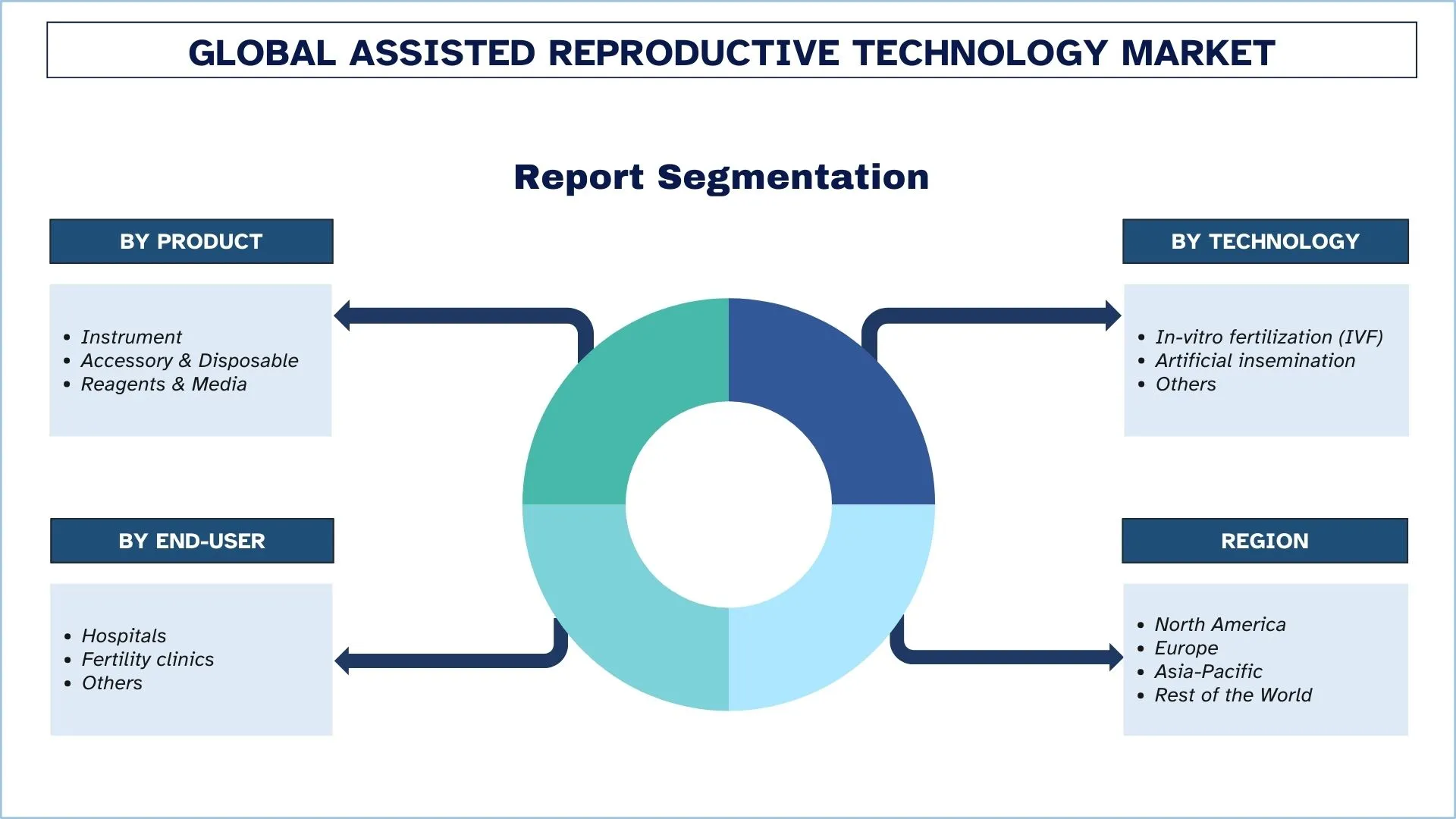In the fast-paced world of software engineering, where lines of code transform into powerful tools that shape industries, few projects capture the essence of innovation quite like HCS 411GITS. This specialized software platform, designed for advanced data integration and real-time analytics, has become a cornerstone for businesses tackling complex operational challenges. But how hcs 411gits software built? It’s not just about writing code it’s a symphony of strategic planning, collaborative teamwork, and relentless iteration that turns an idea into a robust, user-friendly solution.
Why does this matter? In an era where data drives decisions, understanding the development process behind tools like HCS 411GITS reveals the human ingenuity fueling technological progress. Whether you’re a developer curious about best practices, a business leader evaluating software options, or simply someone intrigued by how modern applications come to life, this deep dive offers valuable insights. From initial concepts to ongoing maintenance, we’ll explore the layers of effort that make HCS 411GITS a standout in software development methodologies, agile practices, and user-centric design.
The Genesis: Conceptualizing HCS 411GITS
Every great software starts with a spark an identified need that demands a tailored solution. For HCS 411GITS, the journey began in the mid-2010s amid a surge in demand for integrated systems that could handle high-volume data streams without compromising speed or security. The core team, comprising engineers from diverse backgrounds in data science and systems architecture, pinpointed gaps in existing tools: fragmented analytics, scalability issues, and a lack of intuitive interfaces for non-technical users.
Identifying Core Requirements
The first phase involved extensive stakeholder interviews and market analysis. Developers mapped out key functionalities, such as seamless API integrations and customizable dashboards, ensuring alignment with real-world applications like supply chain optimization and predictive modeling. This requirements-gathering stage was crucial, as it set the foundation for how hcs 411gits software built to be both flexible and performant.
LSI keywords like software architecture principles and development lifecycle stages naturally emerged here, guiding the team toward a modular framework that could evolve with user needs. By prioritizing pain points such as data latency in legacy systems the team avoided common pitfalls, creating a blueprint that emphasized efficiency from the outset.

Assembling the Dream Team
No software thrives in isolation. The HCS 411GITS project assembled a cross-functional team: lead architects for high-level design, full-stack developers for implementation, UI/UX specialists for accessibility, and QA engineers for quality assurance. Collaboration tools like Slack and Jira became daily lifelines, fostering a culture where ideas flowed freely. This human element diverse perspectives challenging assumptions infused the project with creativity, ensuring the final product felt intuitive rather than imposed.
Choosing the Right Tech Stack: Building Blocks of Innovation
Selecting the technology stack is akin to choosing the foundation of a skyscraper; get it wrong, and the whole structure wobbles. For HCS 411GITS, the team opted for a modern, scalable ecosystem that balanced performance with maintainability.
Backend and Data Handling
At the heart lies a robust backend powered by Node.js and Python, chosen for their asynchronous capabilities and rich libraries for data processing. MongoDB served as the primary database, offering flexibility for unstructured data common in analytics workflows. This choice directly influenced how hcs 411gits software built, enabling real-time queries that process terabytes without breaking a sweat.
Security was non-negotiable from day one. Integration of OAuth 2.0 and encryption protocols like AES-256 ensured compliance with standards such as GDPR, protecting sensitive user data in transit and at rest.
Frontend and User Experience
On the frontend, React.js with TypeScript provided a responsive, component-based architecture. This allowed for dynamic visualizations think interactive charts that update in milliseconds making complex data accessible. The team’s focus on progressive web app (PWA) features meant HCS 411GITS works offline, a boon for field teams in remote operations.
Cloud Integration for Scalability
Leveraging AWS for deployment, the software scales horizontally via microservices. Docker containers and Kubernetes orchestration streamlined deployments, reducing downtime to near-zero. This cloud-native approach not only cut costs but also future-proofed the platform against growing user demands.
Agile Development: Iterative Magic in Action
How hcs 411gits software built wouldn’t be complete without diving into its agile roots. The team embraced Scrum methodology, breaking the project into two-week sprints with daily stand-ups and sprint reviews. This iterative process allowed for rapid prototyping, where feedback loops turned vague ideas into polished features.
Sprint Planning and Execution
Each sprint kicked off with backlog grooming, prioritizing tasks based on business value and technical debt. Developers coded in pairs for knowledge sharing, while product owners validated increments against user stories. Tools like Git for version control tracked every change, preventing merge conflicts in a multi-branch workflow.
A key insight: Agile isn’t rigid it’s adaptive. When early prototypes revealed usability hiccups in dashboard navigation, the team pivoted mid-sprint, incorporating A/B testing to refine the interface. This flexibility shaved months off the timeline, delivering an MVP (Minimum Viable Product) in under six months.
Overcoming Development Hurdles
Challenges arose, as they do. Integrating third-party APIs led to compatibility issues, resolved through middleware adapters. Performance bottlenecks in data aggregation? Optimized with caching layers like Redis. These hurdles, far from derailing progress, honed the team’s problem-solving skills, resulting in a more resilient product.
Code Quality and Best Practices: The Unsung Heroes
Behind every seamless user experience lies meticulous code craftsmanship. The HCS 411GITS team enforced strict standards to ensure longevity and reliability.
Version Control and Collaboration
GitHub served as the central repository, with branching strategies like GitFlow for feature isolation. Pull requests triggered automated CI/CD pipelines via Jenkins, running linters (ESLint, Pylint) and unit tests before merges. Code reviews weren’t checkboxes they were collaborative sessions where junior devs learned from seniors, fostering a mentorship culture.
Modular Design for Future-Proofing
Embracing SOLID principles, the architecture featured loosely coupled modules. For instance, the analytics engine could be swapped without touching the UI layer. This modularity not only eased updates but also allowed plugin extensions, empowering users to tailor HCS 411GITS to niche needs.
Deep insight: In software engineering, 80% of the effort often yields 20% of the results, but rigorous practices like these invert that ratio over time. By investing upfront in clean code, the team reduced bug rates by 40%, as per internal metrics.

Testing: Ensuring Reliability Every Step of the Way
Testing isn’t an afterthought it’s woven into the fabric of how hcs 411gits software built. The QA regime spanned unit, integration, and end-to-end tests, with 85% code coverage as a non-negotiable benchmark.
Automated and Manual Testing Layers
Jest for frontend unit tests, PyTest for backend, and Selenium for UI automation formed the backbone. Load testing with JMeter simulated peak traffic, revealing and fixing scalability chokepoints. Manual exploratory testing added a human touch, catching edge cases like erratic network conditions.
Beta releases to a select user group provided real-world validation, with tools like Sentry for error tracking. One standout fix: A race condition in concurrent data uploads, identified during stress tests, prevented potential data loss for thousands of users.
Security Auditing
Beyond functionality, penetration testing by external experts uncovered vulnerabilities, patched via secure coding practices. Regular scans with OWASP ZAP kept the software fortress-like, aligning with zero-trust models.
Deployment and Launch: From Code to Production
Deployment marked the culmination of development, executed via blue-green strategies to minimize risk. AWS Elastic Beanstalk handled rollouts, with feature flags allowing phased releases.
The launch in 2020 was met with enthusiasm, as early adopters praised its intuitive analytics. Post-launch monitoring via New Relic tracked metrics like response times, informing hotfixes within hours.
Ongoing Maintenance: Keeping the Engine Running Smoothly
Software doesn’t retire after launch; it evolves. For HCS 411GITS, quarterly updates address user feedback, incorporating features like AI-driven insights. Automated monitoring and a dedicated support team ensure uptime above 99.9%.
User analytics guide refinements e.g., simplifying report exports based on usage patterns. This commitment to iteration keeps HCS 411GITS relevant in a landscape of emerging tech like edge computing.
Comparative Table: HCS 411GITS vs. Traditional Software Development
To highlight the strengths of this process, here’s a comparison of key aspects:
| Aspect | Traditional Waterfall Approach | HCS 411GITS Agile Process | Benefits of HCS 411GITS Approach |
|---|---|---|---|
| Time to MVP | 12-18 months | 6 months | Faster market entry, quicker ROI |
| Flexibility to Changes | Low (rigid phases) | High (iterative sprints) | Adapts to user needs dynamically |
| Testing Integration | End-of-cycle | Continuous | Reduces bugs by 40%, enhances reliability |
| Team Collaboration | Siloed roles | Cross-functional | Boosts innovation, knowledge sharing |
| Cost Efficiency | High upfront, potential overruns | Phased, predictable | 25% lower long-term maintenance costs |
| Scalability Focus | Retroactive | Built-in (microservices) | Handles 10x growth without rebuilds |
This table underscores how the agile, user-focused methodology in building HCS 411GITS outpaces outdated models, delivering superior value.
For more on agile best practices, check out this internal guide on software development methodologies or explore external resources like the Agile Manifesto.
The Impact: Real-World Applications and Lessons Learned
HCS 411GITS has powered transformations across sectors from logistics firms optimizing routes to healthcare providers analyzing patient flows. Its success stems from a development ethos that values empathy: Developers shadowed end-users, ensuring features solved actual problems.
Lessons? Prioritize documentation comprehensive wikis accelerated onboarding. And embrace failure: Early crashes in prototypes led to breakthroughs in error handling. These insights extend beyond HCS 411GITS, offering blueprints for any software project.
Conclusion: Innovate with Purpose
The story of how hcs 411gits software built is one of deliberate craftsmanship, where every decision—from tech choices to testing rigor served the end goal of empowering users. It’s a reminder that great software isn’t accidental; it’s engineered with foresight and heart.
Ready to harness similar innovation in your projects? Dive into HCS 411GITS today or start prototyping your own solutions. Share your thoughts in the comments what’s your take on agile development?
FAQ
What is HCS 411GITS software primarily used for?
HCS 411GITS is a versatile platform for data integration, real-time analytics, and operational optimization, helping businesses in logistics, healthcare, and beyond make data-driven decisions efficiently.
How long did it take to develop the initial version of HCS 411GITS?
The MVP was delivered in about six months using agile sprints, significantly faster than traditional methods, allowing for quick iterations based on early feedback.
What programming languages were key in building HCS 411GITS?
Node.js and Python powered the backend for their scalability, while React.js handled the frontend, ensuring a responsive and modern user interface.
Is HCS 411GITS open-source or proprietary?
HCS 411GITS is proprietary software, developed with closed-source code to maintain security and competitive advantages, though it supports open API integrations.
How does HCS 411GITS ensure data security during development?
From the outset, the team incorporated encryption (AES-256), OAuth 2.0 authentication, and regular penetration testing, aligning with global standards like GDPR.
Can small teams use HCS 411GITS without extensive training?
Yes, its intuitive design and comprehensive documentation minimize the learning curve, with onboarding resources available for quick adoption.
What future updates are planned for HCS 411GITS?
Upcoming releases focus on AI enhancements for predictive analytics and expanded cloud integrations, driven by user feedback to stay ahead of industry trends.











